By Jenna Ryu
Putting your child on the bus for the first day of school is always a leap of faith for a parent. Now, on top of the usual worries about youngsters, adjusting to new teachers and classmates, there’s COVID-19.
Get ready to pack your back-to-school pencils, binders and … hand sanitizer?
While some schools and universities are opting for remote learning or a hybrid of in-person and online sessions, others are pushing ahead with in-person classes – with proper sanitation protocols, of course. Social distancing markings, COVID-19 program coordinators and smaller class sizes are only a few of the reflections of the pandemic-era classroom experience.
But still, parents may be (reasonably) worried about this transition. Although schools will follow the Centers for Disease Control and Prevention’s guidelines to ensure safety for children, it’s always a good idea to reinforce these standards from home as well.
So what can you do, other than clipping a mini-bottle of hand sanitizer to every backpack?
Take temperatures before they go to school
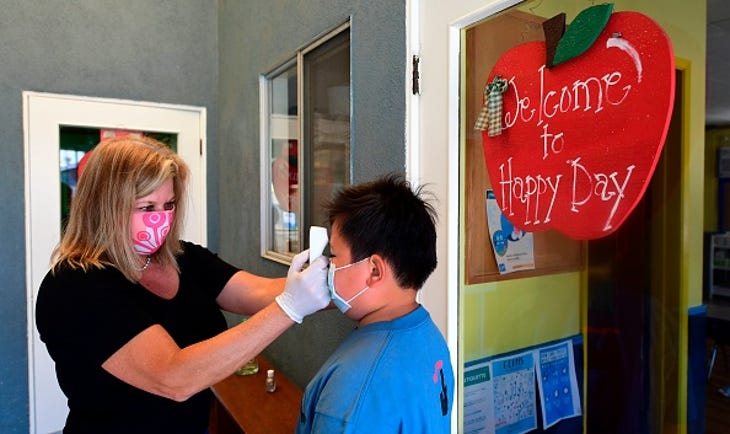
While some schools will take temps at the door, it’s best to make sure your child doesn’t have a fever before entering the campus. Pediatrician Michael Rich, founder of the Center on Media and Child Health, suggests making it a ritual to take your student’s temperature before school.
If you want to reassure yourself and your student even more, he also recommends investing in an 02 oxygen saturation monitor (about $20), which measures oxygen in the blood.
“One of the things that is an early sign of a COVID infection is a drop in your oxygen saturation, even before you’re symptomatic,” he says.
Opt for a packed lunch in a brown bag
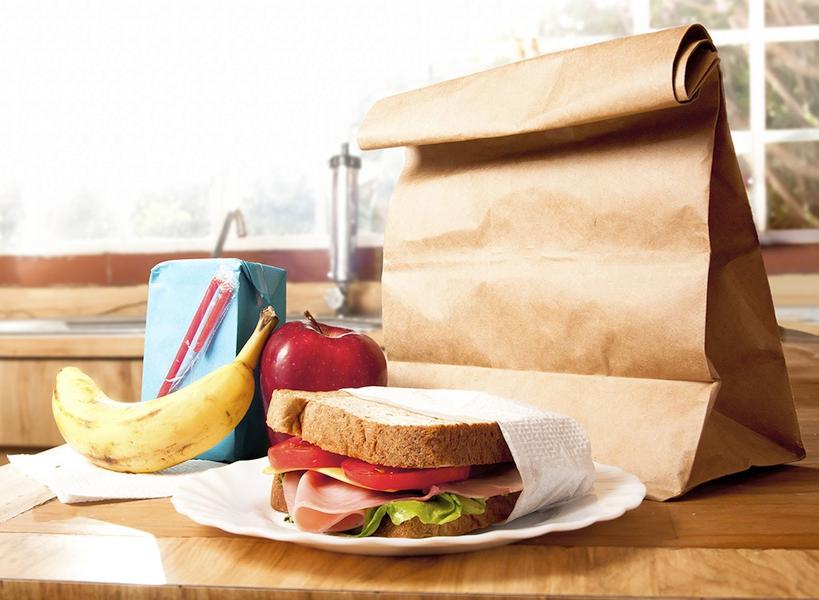
Though some schools may offer contact-free cafeteria food, it’s always safe to bring food from home. Ditch the reusable lunch boxes for a disposable brown bag, says Mark Cucuzzella, a family physician and professor at West Virginia University School of Medicine who specializes in diet, nutrition and healthy living.
“It’s more sanitary to put it in your own brown bag to just throw away,” he says.
Practice hand-washing at every transition of the day
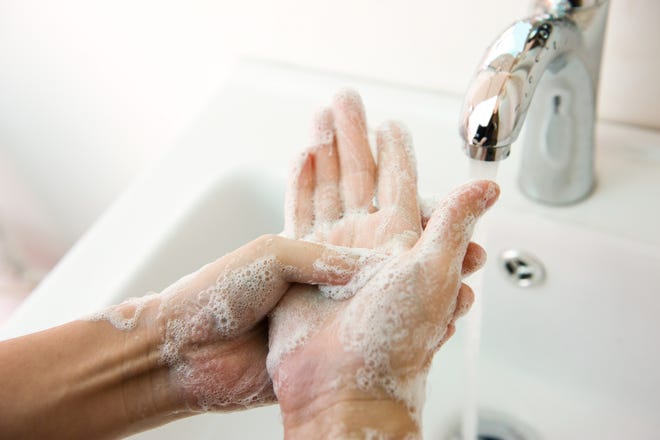
It sounds easy enough, but try to ingrain in your students’ heads the importance of washing their hands whenever they leave home, arrive at school, enter the classroom, or go into the lunchroom. Rich compares this habit to instinctively putting on a seat belt when you get into a car.
Steer clear of the school bus
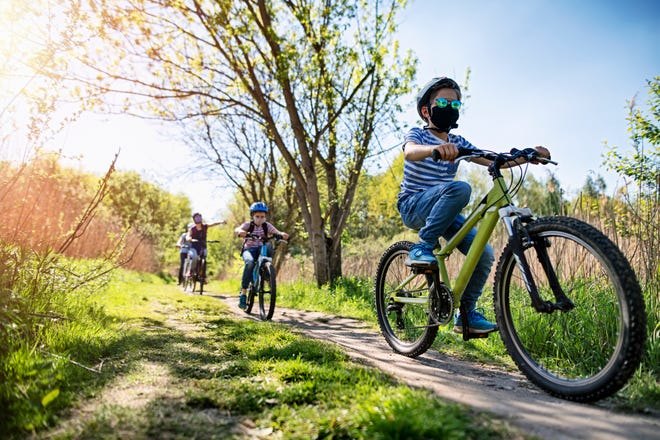
For those who live close to campus, Cucuzzella suggests biking or even a “walking school bus” approach, in which a handful of socially distanced neighbors walk together, going from house to house.
“Have a parent or older child lead,” he advises. “You can say, ‘We’re going to start at my house, stop and pick up Jimmy three doors down,’ and basically walk along the neighborhood and get to school.”
Invest in the perfect mask
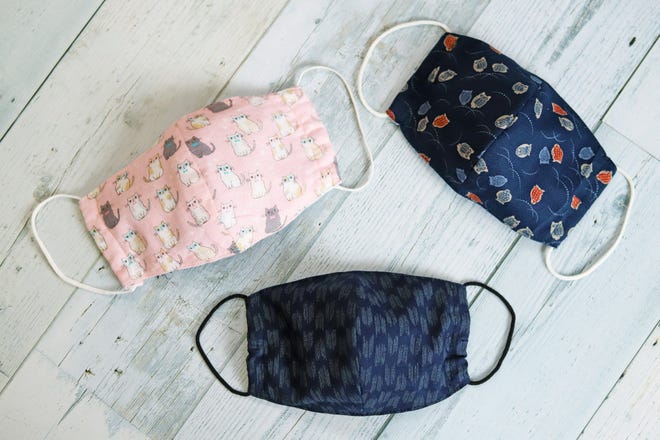
Buy a washable cloth face covering that expresses your child’s personality – after all, they’ll be wearing it for a long time. Rich adds that one perk of ditching the disposable mask is preventing an unfortunate mix-up with other students’ masks.
“If your kid is a ‘Star Wars’ fan, and they have a Darth Vader mask, I guarantee you your kid will not lose that mask,” Cucuzzella says…
Preach the importance of common good
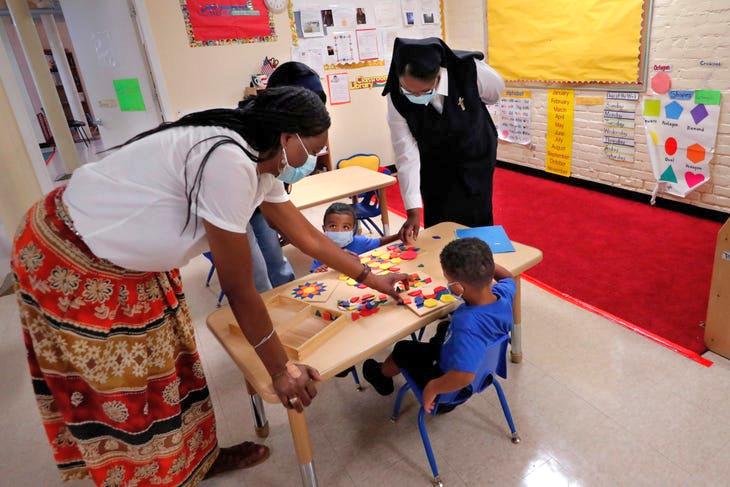
Teach your children that masks are important for protecting other people more than ourselves because the great thing about younger kids is that they’re “inherently empathetic and altruistic,” Rich says.
For older kids, Cucuzzella advises emphasizing the importance of protecting the vulnerable, even if this means skipping the mass gatherings.
“We live by a standard code of conduct because we’re responsible for our own community’s health,” he says. “You have to be very clear with your teenagers about what your code of conduct is. They cannot just go to a friend’s house and invite friends from all these areas to hang out, party, then go back to school. They just can’t do that.”
Remember there’s a difference between physical and social distancing
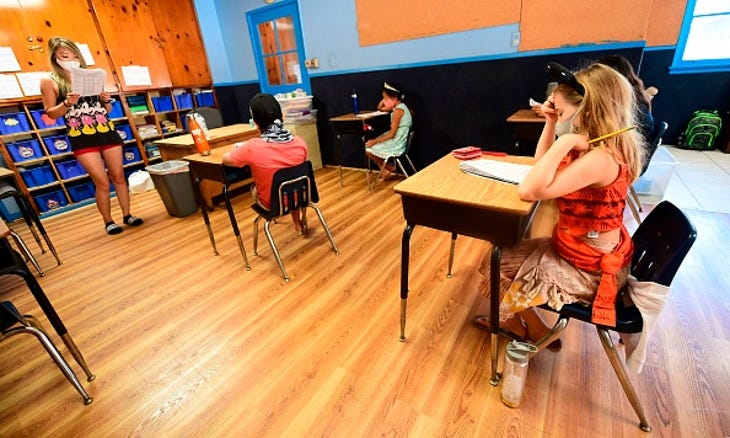
While the term social distancing has become colloquial, this phrase shouldn’t mean distancing from each other socially.
Cucuzzella suggests one alternative to large social gatherings for parents who permit their child to see non-family members: allowing your student to see a few close friends who have been effectively quarantining and physical distancing.
Have your child shower when they come home
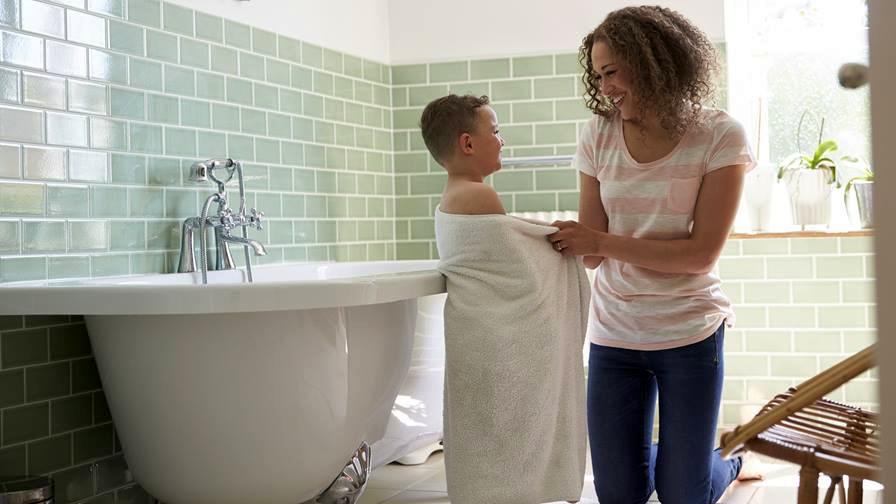
Consider having your students switch their normal shower or bath time by bathing and changing their clothes right when they return from school.
“Kids in general are less symptomatic, but that also means they can be super-spreaders,” Rich says. “In other words, they can come back home as carriers of COVID-19 and not even know it, and no one around them knows it.”
Stay kind while you stay safe
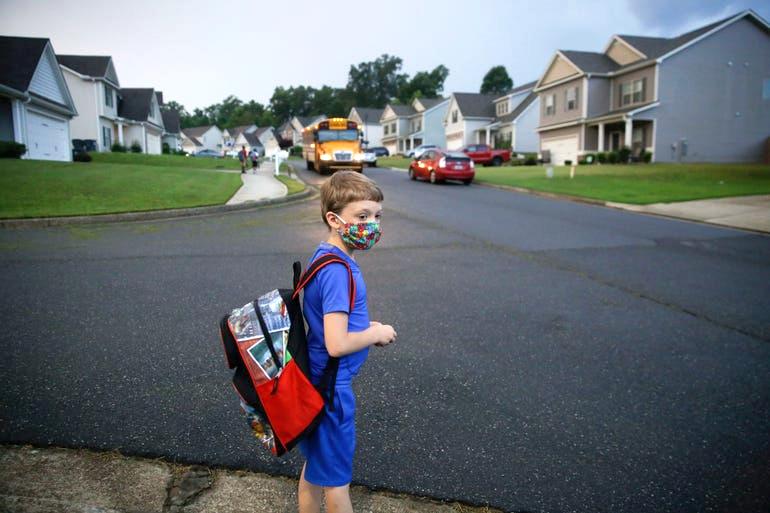
With all the uncertainty and anxiety that comes with the dangers of COVID-19, it’s important to avoid humiliating those who have contracted the virus. Remember, this is a tough time for everyone, and it’s always best to be kind.
“People can be more divisive than connecting during this time. In other words, ‘oh, so-and-so’s uncle has COVID-19,’ therefore ostracize them,” says Rich. “We have to be very conscious of the fact that it’s socially problematic.”
The information contained in this article is for educational and informational purposes only and is not intended as health or medical advice. Always consult a physician or other qualified health provider regarding any questions you may have about a medical condition or health objectives.





